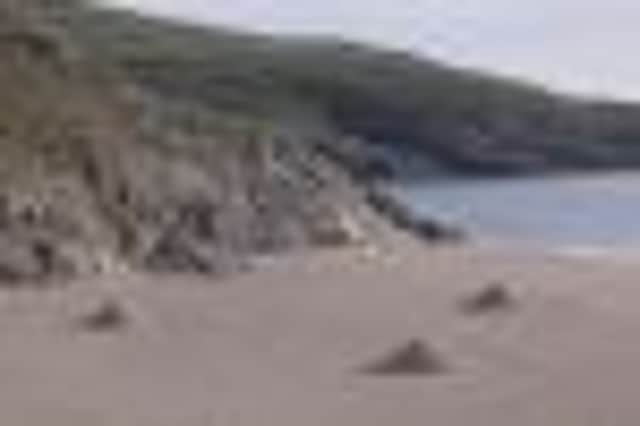Island of the Week: Mingulay


Location: Bishop’s Isles, Outer Hebrides
Population: 0 (uninhabited since 1912; currently used for grazing sheep)
Gaelic name: Miughalaigh (from the Old Norse for ‘big island’)
Advertisement
Hide AdAdvertisement
Hide AdMingulay had a recorded population of 135 in 1901. Eleven years later, everyone had left, leaving behind Puffins, Kittiwakes and Razorbills nesting high on the cliffs, and ending nearly 2000 years of continuous habitation. At just 2.5 square miles in size, the island is part of the archipelago known as the Bishop or Barra Isles, located in an area of the Outer Hebrides surrounded by a ‘boisterous’ sea, making passage between the islands treacherous. Indeed, in 1897, a mere 15 years before Mingulay was ‘evacuated,’ a boat from the neighbouring island Pabbay, went missing off Barra Head, with the loss of all five crew - more than half of Pabbay’s male population. Mingulay’s fishermen may very well have looked upon this incident as a sign of things to come.
History
Mingulay was covered by ice sheets around 20,000 years ago, when sea levels were lower and the island was joined to a singular island, comprising most of the present day Outer Hebrides. Rising sea levels isolated the island, and the deposits left by the ice sheets covered the island with peat, thin acidic soils and bare rock.
There are still Iron Age remains on the island, and early culture was heavily influenced by Christianity, and then the Vikings.
Between the 15th and 19th centuries, the island was part of the lands of Clan MacNeil of Barra, but suffered badly from absentee landlords. In 1919, seven years after the island was evacuated, Mingulay was first rented and then bought by Jonathan MacLean of Barra. It was then sold on to a hermit-like sheep farmer, John Russell. The island changed hands a number of times, and between 1955 and 2000 the island was owned by a crofters’ syndicate called the Barra Head Isles Sheepstock Company, before being acquired by the National Trust for Scotland. Only two building survive on the island; the schoolhouse, and the slowly decaying remnants of the chapel house.
The highest hills are Càrnan (896 ft), Hecla (719 ft) and Macphee’s Hill (735 ft). The naming of Macphee’s Hill came about following the passage of a relief ship, sent by MacNeil of Barra, to find out why communications with the island had ceased. A crewmember named Macphee was sent ashore, and returned with the news that the habitants appeared to have died of disease. His shipmates left him on the island, fearing the plague, and Macphee lived on the island for around a year, climbing the hill every day to look out for a rescue, giving it is present day name.
Attractions
These are few and far between for obvious reasons, but the island has several ‘stacks’ and the highest cliffs in the British Isles, and Mingulay is popular with rock climbers and ornithologists to a lesser extent.
How to get there
Access is difficult, but many visitors - mostly naturalists and rock climbers - have managed to navigate to the island. The National Trust has two licensed boatman operating trips from Barra, with more information available from the Castlebay tourist office.